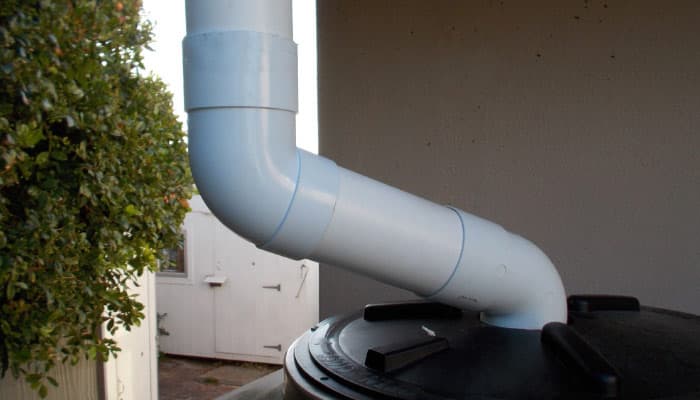
Ever thought about putting rainwater to good use in your garden? Well, it is actually very simple and super practical! It’s a simple way to save water and cut down on your water bill too. Plus, it’s a smart and eco-friendly move. This idea is becoming more and more important because of climate change.
So, if you’re ready to harvest rainwater and make every drop count, here are some straightforward, no-fuss tips for setting up your sustainable garden.
Understand Your Garden’s Thirst Level

Before you start, you should know how much water your garden actually drinks up. It helps you figure out just how big your rainwater storage tank should be.
Here’s what you need to think about: how big is your garden? Is it a cozy little urban patch or a sprawling green oasis? The bigger it is, the more water you’re going to need to keep those plants happy. And speaking of plants, what kinds do you have? Some plants are like those friends who can go all day without a sip of water, while others are like the pal who’s always asking for a refill. Lastly, don’t forget about the weather! Does it rain a lot where you live, or is it more of a dry heat? This stuff matters because it tells us how often and how much you’ll need to water your garden.
Pick the Perfect Spot to Collect Rainwater

Generally, the roof is the go-to place. But before you start directing all that rainwater into your tank, you’ve got to make sure your roof is up for the job — the materials should be safe and won’t leave any yucky stuff in your water.
If you have a deck or patio, you can also use these surfaces as collection areas. Just remember to keep these areas nice and clean. We don’t want any leaves or gunk finding their way into your water storage. A little maintenance goes a long way in keeping your rainwater fresh and ready for your garden.
Set Up Gutters and Downspouts

Alright, you’re all set to start catching raindrops like a pro? Fantastic! The first step is to install gutters and downspouts. Think of gutters as the highways that direct the water flowing off your roof to the downspouts, which are like the off-ramps that lead straight to your storage tank.
To make sure this system works its magic, the gutters should be properly sloped to keep the water moving along smoothly. Gutters need regular cleaning so they won’t be clogged up by leaves, twigs, and trash.
Place A Rainwater Storage Tank

You’ve got a few options when it comes to storage tanks. There are the classic plastic barrels, which are great for smaller gardens. If you’re working with a larger space, you might want to consider concrete cisterns or even underground tanks for a sleek, out-of-the-way solution.
Whatever you choose, just make sure it’s big enough to handle your garden’s water needs. And when it comes to placement, you’ll want to find a spot that’s close to your collection area – you don’t want to carry that water too far! Make sure the ground is nice and level, too, so your tank stays put and doesn’t end up on a slant. A stable foundation is key for a tank that’s going to be around for the long haul.
Connect the Gutters to the Storage Tank

Now it’s time to pick up some pipes and fittings to connect them. Think of this step as choosing the perfect bridge to connect two islands.
But wait, there’s one more thing you might want to consider: a first flush diverter. This nifty gadget keeps the first wave of rainwater – the one carrying all the roof’s dirt and gunk – out of your tank. It’s all about keeping that stored water as clean as possible for your garden.
Getting Water to Your Plants with a Distribution System

Now, for the fun part – actually using that rainwater you’ve collected. You will need a distribution system, which is just a fancy way of saying “a way to get the water from the tank to your plants.” If you’re into the hands-on approach, a good old bucket or hose will do the trick just fine. You can manually water your plants, enjoying some quality time with your green friends.
But if you’ve got a sprawling garden or if you’re all about efficiency, you might want to think about stepping up your game with a more advanced distribution system. We’re talking about things like drip irrigation or a water pump that can really get that water flowing where it needs to go. These systems are great because they’re like having a personal assistant for your garden – they take care of the watering so you can sit back and enjoy the fruits of your labor.
Maintain and Monitor the System

A rainwater harvesting system is pretty cool, but it needs a little TLC to keep it going strong. Keep an eye out for any leaks, give those gutters and filters a good scrub. They’ll thank you for it later!
And let’s not forget about the storage tank – your water’s home sweet home. Give it a good once-over to make sure there aren’t any signs of damage. You’ll want to keep a close watch on the water level too. That way, you’ll have a better idea of when to water your garden and when to hold back.
